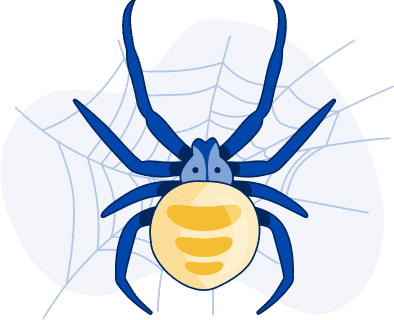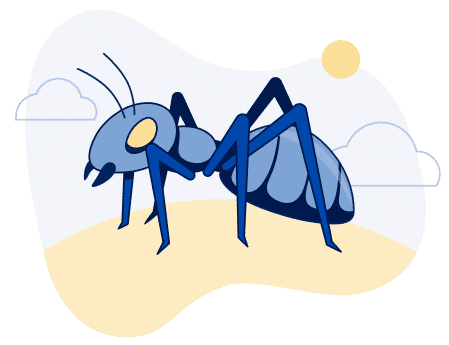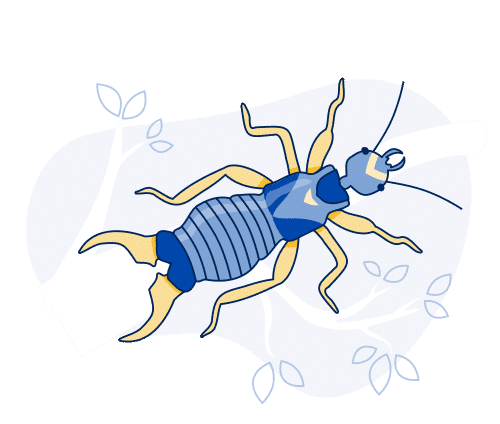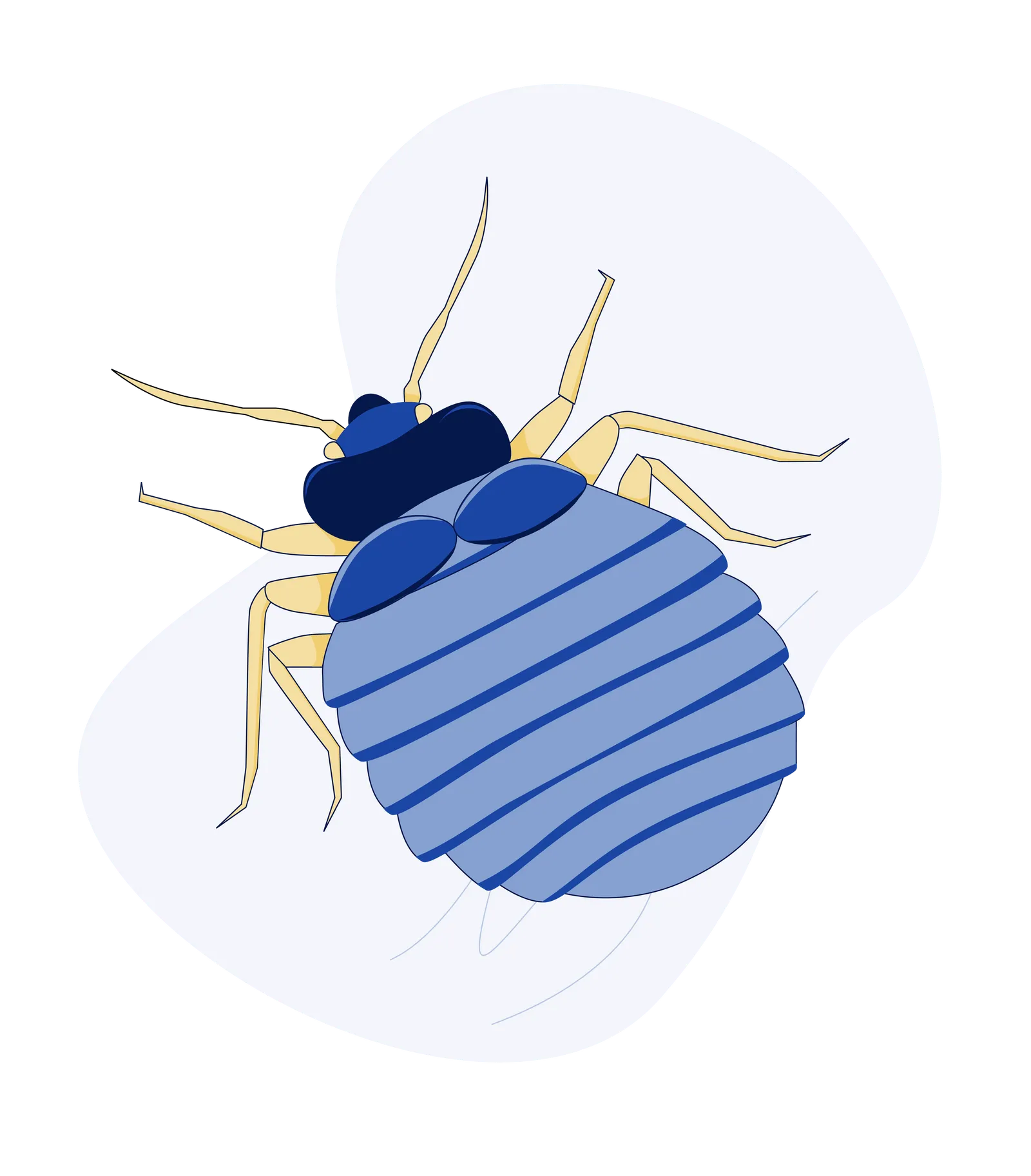How Provo Travelers Can Protect Themselves from Bed Bugs During Flights: Essential Tips from Local Pest Control

With the recent surge in reports of bed bugs on airplanes, including the widely reported case on Turkish Airlines, many travelers are now rethinking their flight safety beyond seat comfort and inflight meals. For residents of Provo, Utah, who frequently travel for work or leisure, the idea of bringing home these uninvited pests is unsettling. Bed bugs are not just a nuisance—they can quickly infest homes and disrupt daily life.
As a trusted pest control provider in Provo, we’re here to share essential tips for protecting yourself during flights and advice tailored specifically for local residents.
Why Bed Bug Prevention Matters for Provo Travelers
Airplanes have become an unexpected hotspot for bed bugs, posing a unique challenge for travelers. Unlike many pests, bed bugs do not hibernate, which means they can remain active year-round, even during colder months when other insects are dormant. These tiny, elusive pests thrive in crowded environments, making airplanes an ideal breeding ground. Bed bugs can hide in the seams of airplane seats, carpets, and even passengers’ carry-ons, allowing them to spread discreetly from one location to another.
For residents of Provo, who frequently travel for family vacations, outdoor adventures, or business via nearby Salt Lake City International Airport, this risk is particularly relevant. A single bed bug encounter during a flight can lead to an infestation at home, causing stress, inconvenience, and significant costs.
What makes bed bugs especially concerning is their ability to hitch a ride unnoticed. They can infiltrate your luggage, nestle into your clothing, and even hide in the seams of your shoes. Once brought home, they can quickly spread to bedding, furniture, and other areas, making eradication a time-consuming and expensive process. For Provo families, this could mean disrupted routines, the inconvenience of pest control visits, and the added worry of preventing further spread.
Essential Tips to Avoid Bed Bugs During Flights
Inspect Your Airplane Seat Before Sitting Down
As you approach your seat, start by looking for small, reddish-brown stains or spots. These can be a telltale sign of bed bug activity, as the bugs often leave behind bloodstains after feeding. The stains may be tiny and not immediately noticeable, so be sure to closely examine the seat, armrests, and back of the seat in front of you.
Additionally, check the fabric upholstery of the seat for any visible signs of bed bugs themselves. Bed bugs are small, roughly the size of an apple seed, and are reddish-brown in color. They may be in their flattened, adult form or as nymphs, which are smaller and lighter in color. If you spot any live bed bugs, it’s important to act swiftly.
If you notice anything suspicious, notify the flight crew immediately and request a seat change.
Store Your Luggage Safely
Keep your carry-on in the overhead compartment rather than under the seat in front of you. Bed bugs are more likely to be found near fabric surfaces, such as seat upholstery. For checked luggage, consider using a hard-shell suitcase with tight seals.
If you’re particularly concerned about bed bugs, consider storing your luggage in a sealed plastic bag before placing it in the overhead compartment. This can help prevent bed bugs from crawling onto your belongings during the flight.
Use Protective Covers and Sprays
Packing a travel-sized bed bug spray can be a game changer in preventing these pests from hitching a ride on your clothing or luggage. Make sure to choose a spray that is safe for fabrics and designed specifically to repel or kill bed bugs. These sprays typically contain natural ingredients or chemicals that target the bed bugs without causing harm to your belongings.
Before sitting down, lightly mist the area around your seat, including the seat itself, the armrests, the headrest, and the surrounding upholstery. Be careful not to overspray, as too much liquid can damage the fabric or leave behind a strong odor. If you’re uncertain about the spray, always check the product label to confirm it’s suitable for use on airplanes and travel-related environments.
A travel-sized bottle is compact enough to fit in your carry-on luggage, allowing you to always have it on hand. Regular use of bed bug repellent spray can give you peace of mind while traveling by providing an additional layer of protection from these pests.
Inspect Your Luggage
After arriving home in Provo, carefully inspect your luggage and its contents. Use a flashlight to check seams, zippers, and pockets for any signs of bed bugs.
Wash Clothes Immediately
Before unpacking, wash all your clothing in hot water and dry them on the highest heat setting. Heat is an effective way to kill bed bugs and their eggs.
What to Do If You Suspect Bed Bugs at Home
If you suspect bed bugs have made their way into your home after a flight, don’t panic. The key to addressing the issue is to act quickly. Start by contacting a trusted bed bug exterminator in Provo, Utah, like Serve Pest Control, for a thorough inspection. Early detection can save you from the stress and expense of a widespread infestation.
Our team at Serve Pest Control specializes in identifying and eliminating bed bug infestations with precision. Using advanced techniques and safe, effective treatments, we ensure your home is pest-free and protected against future invasions. Regular pest control is essential to maintaining a pest-free environment, especially in Provo, where seasonal changes and increased travel can elevate the risk of infestations.
So, how often should you schedule pest control in Provo homes? Experts recommend quarterly treatments or multiple visits to prevent common pests like bed bugs, ants, and spiders from gaining a foothold. By staying proactive and scheduling routine pest control, you can protect your home year-round and avoid the disruptions caused by unexpected infestations.







